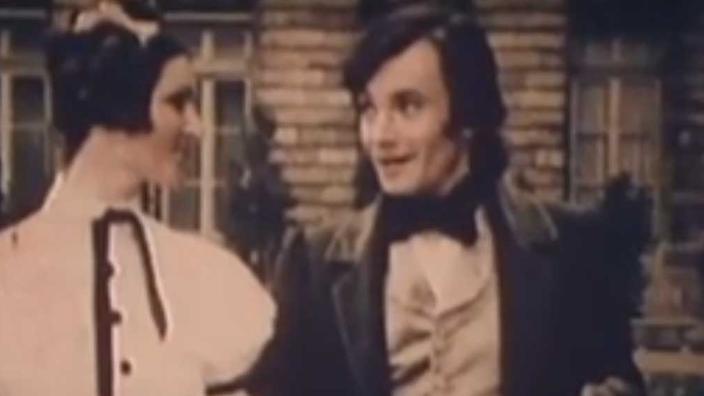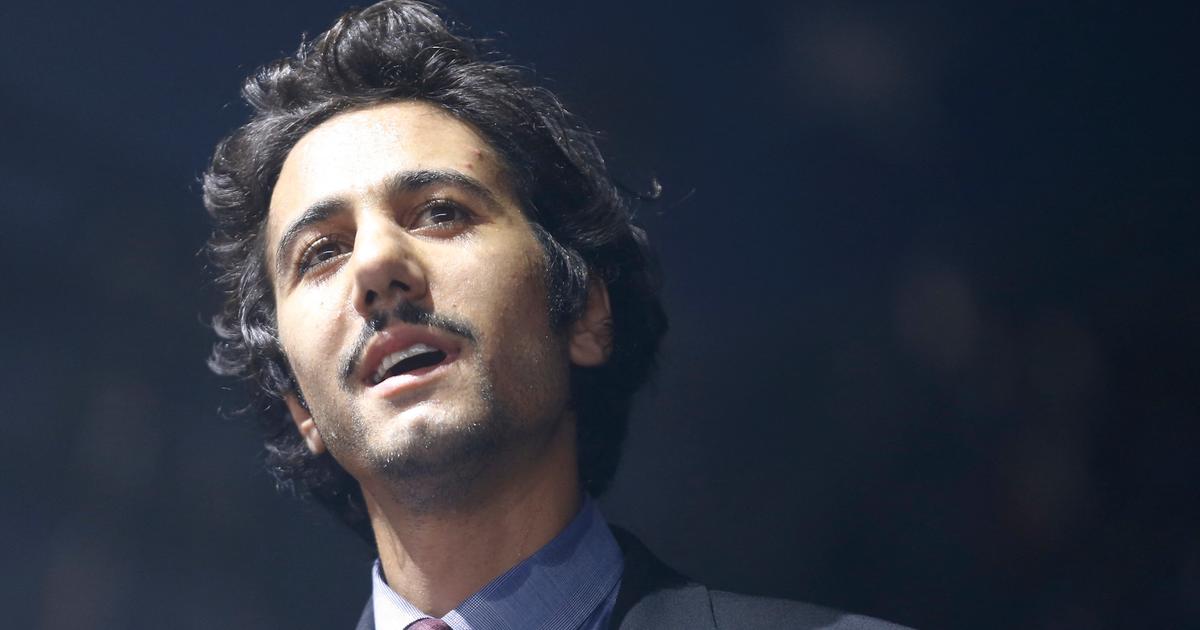Between 1838 and 1847, Honoré de Balzac wrote
Splendeurs et misères des courtesanes
, the sequel to
Illusions Perdues
.
In this long story, divided into four parts, Lucien Chardon de Rubempré sets out again to conquer Paris by frequenting high society and its socialites, but also lowlands where crime and prostitution reign.
The choice of this universe owes nothing to chance.
The triumph of the
Mysteries of Paris
brought in a very large sum for its author, Eugène Sue.
Balzac, always in need of money, said to himself that by drawing inspiration from this universe, he is likely not to gain just by being known.
Read alsoVery
contemporary
lost illusions
He did not imagine, however, that 128 years later, his soap opera would become a television mini-series, in six 90-minute episodes, directed by Maurice Cazeneuve.
This one can do everything and he has done everything.
After having been Marcel Carné's assistant, he worked with Jean Vilar's team, during the first Avignon festival, before becoming a pioneer of the small screen.
In the 1950s and 1960s, he made, among other things, adaptations of E
ugénie Grandet
and
Lost Illusions
.
Director of the second channel between 1968 and 1971, he then resumed the path of the plateaus and rediscovered the universe of Balzac with
Splendeurs et miseries des courtesans
.
To read also On television and in the cinema, the fever of adaptations of Balzac's works
He chose this text written more than a century ago, because in his eyes, the themes developed by the author, starting with ambition and vanity, remain more relevant than ever. This does not prevent it, however, from remaining faithful to the spirit of the original work and its decoration. Thus, renouncing the tradition of filming in the studios of Buttes-Chaumont, he chose to place his cameras in the streets of Bordeaux. In his eyes, unlike Paris, the streets and houses have hardly changed since the 19th century. Without knowing it, he thus opens the way to production in the regions.
He entrusts the role of Lucien de Rubempré to Bruno Garcin, a young premier who is predicted to have a bright future. He will then appear in the credits of several dramas "
in costume
" until the mid-90s, before devoting himself to writing songs for Patrick Bruel and a few others. The character of Don Carlos Herrera, behind which hides Vautrin, an escaped convict, is almost naturally entrusted to Georges Géret. Three years earlier, in
Les Misérables
, he played a Jean Valjean unanimously hailed by the critics.
A screening at the Bordeaux theater, in the presence of Jacques Chaban-Delmas, then deputy-mayor, precedes a screening during the celebrations at the end of 1975. The audience success is accompanied by a certain nostalgia.
This is indeed the ultimate drama produced by the ORTF.
On January 6, 1975, it was replaced by seven companies, including TF1, Antenne 2 and FR3.
Maurice Cazeneuve then returns behind the scenes to take charge of the chain of regions.
Its ambition is to give them a national dimension.
In other words, to open up local funds ...
Splendors and miseries of courtesans
, after Honoré de Balzac, directed by Maurice Cazeneuve









